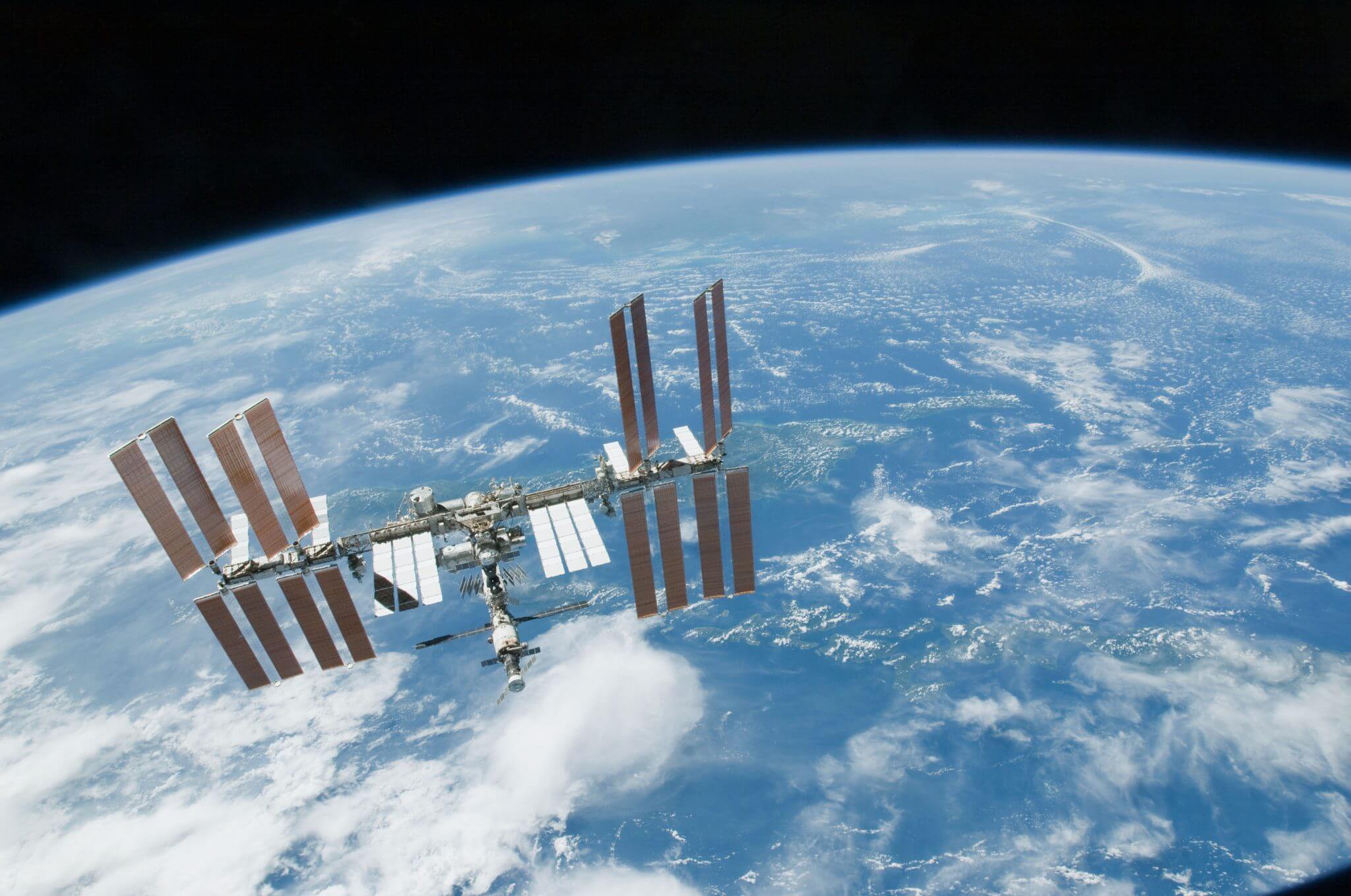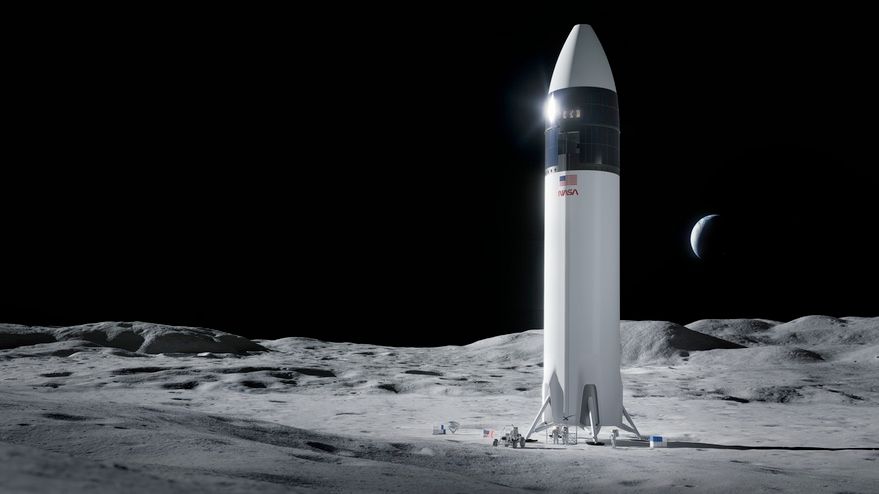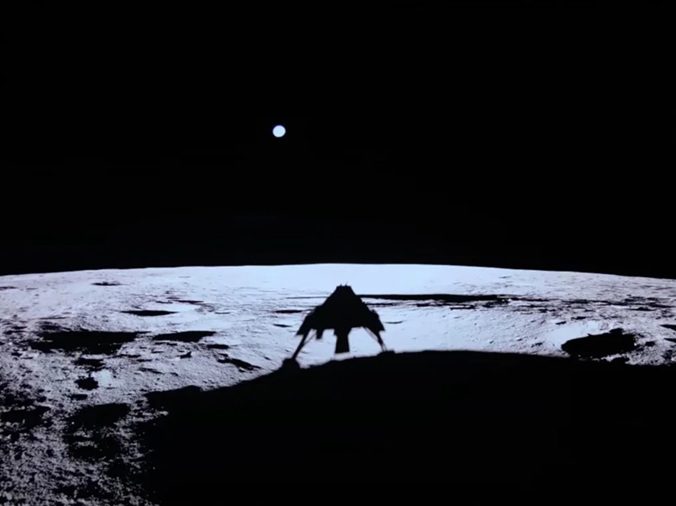At 0138 GMT on 22 September 2014, NASA’s MAVEN (Mars Atmosphere and Volatile Evolution) spacecraft fired six of its spacecraft thrusters to successfully slow itself into an orbit around the planet Mars. The orbit achieved was a 44,600 x 380 km orbit at 75 degrees inclination to the Martian equator. Further manoeuvres will be made to circularise this orbit. Launched in November last year, the spacecraft is designed to take detailed measurements of the Martian atmosphere during a full Earth year.
Meantime, in another part of the solar system, the European Space Agency (ESA) has announced that a relatively flat landing site on the “bathroom duck” shaped Comet 67P/Churyumov-Gerasimenko had been found for an attempted landing of the Philae Minilab Lander in November. Philae had been carried to the comet by the Rosetta comet orbiter and carries a harpoon device and screw grip feet to make a good purchase on the cometary surface in conditions of very low gravity.







